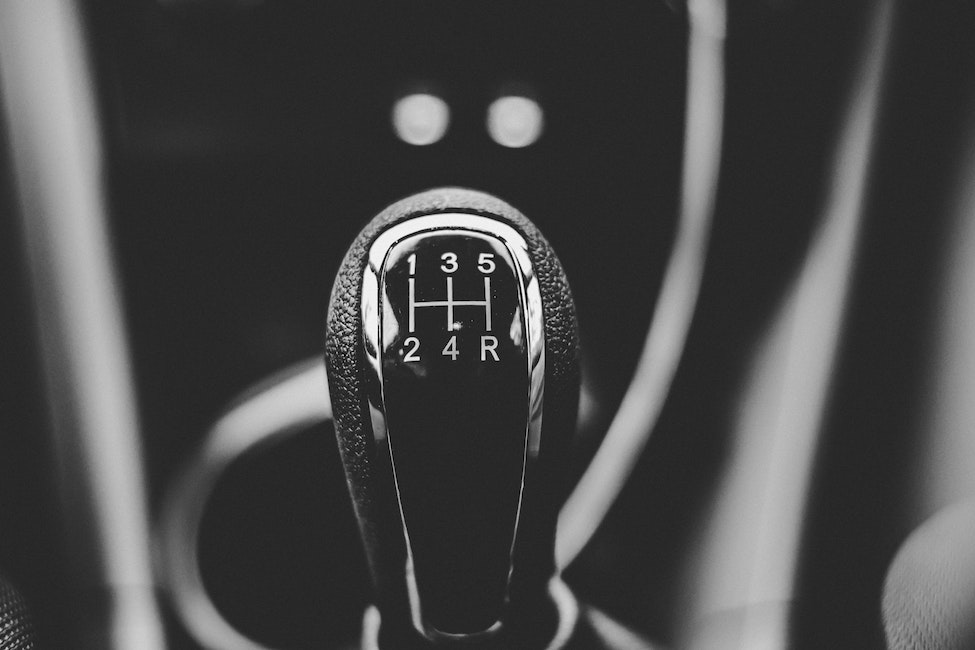
For some, whether to purchase an automatic or manual transmission may be an afterthought when looking for a car or truck. But one thing is for certain. A vehicle’s transmission plays an absolutely critical role in the inner workings of every car. A transmission houses a vehicle’s gearbox—gears that control the engine’s power. The gears are of progressively varying sizes that function as a unit within the gearbox. In motion, they provide the engine’s torque, the ‘pulling power’ that moves the car, and also prevents the engine from simply revving up and sitting still. Deciding what type of transmission is better, an automatic or a manual one, in many ways is relative. Each transmission has its own unique advantages and disadvantages. Let’s take a closer look.
Automatic Transmissions
For first-time car owners an automatic transmission is certainly the more popular option and choice—if just for the simple reason that the driver only has to shift the car in “Drive” and then accelerate forward. Driving a vehicle with automatic transmission is a relatively simple process. There is no interaction between the driver and the vehicle as the vehicle controls the gears and does the shifting itself. Today’s cars are manufactured with cruise control that limits interaction between the car and driver even further.
One of the primary advantages of driving automatics is that the transmission does the shifting for you. It allows drivers, especially new drivers, to keep both hands on the wheel and stay focused on the road. Thus, there is an argument to be made that automatics adds to driver safety. There is also a degree of comfort using two pedals instead of three. In stop and go traffic it can be particularly tiresome to constantly shift gears and work the clutch and brake as done with manual transmissions.
Nevertheless, one of the primary disadvantages of automatic transmissions is that they tend to cost more in the long run. That cost is more in manufacturing and more due to the required maintenance related to the complex design of the system. Even though modern automatic transmissions are able to shift faster and are increasingly more fuel-efficient than they have ever been, they still must rely on the torque converter to switch gears for you at the expense of fuel efficiency in comparison to manual transmissions.
Manual/Transmissions
On the other hand, driving a manual transmission offers the driver more control over the handling of the car because the driver controls the gears. It’s easier to accelerate, slow down and stop with a manual transmission. On average, standard transmissions are less expensive than their automatic counterparts, too. Because of their simpler design, they also require less maintenance.
Another advantage of a manual transmission is its fuel efficiency. Manuals use much less power than an automatic transmission and, by using less power, they are more fuel-efficient. Finally, because car thieves are less savvy in their abilities to drive manuals, statistically, they are less likely to be stolen.
Yet, though learning to drive a standard may not be rocket science, for many it does take time and practice to master the coordination between hand and feet, shifting up and down, braking and accelerating, and keeping your eyes on the road. And, as mentioned, in stop and go traffic, constantly working the brakes and clutch of a stick shift can become uncomfortable. If you are a commuter, too much stop and go can actually lead to stiffness or pain in your muscles and joints.
Even if you have mastered the stick shift, safety is also a concern whenever you have to take your hand off the wheel or brake to shift gears. Finally, because so many people have become custom to automatic transmissions and, consequently, even fewer know how to drive a manual transmission these days, reselling a manual vehicle will most likely take more time than a car with an automatic.
Automatic or Manual?
From a practical standpoint, choosing a manual or automatic should fit the driving environment, along with your skill level and personal preferences. For first-time car buyers, unless you have the time and patience, and a good teacher, you would be better off with an automatic to learn how to simply drive a car. Experienced drivers may prefer a stick shift to just enjoy the experience of handling the car in full on a wide-open road. In the end, it’s best to choose the transmission that works for you. Still unsure? At Auto Action AZ we have a huge selection of vehicles with both automatic and manual transmission options.
